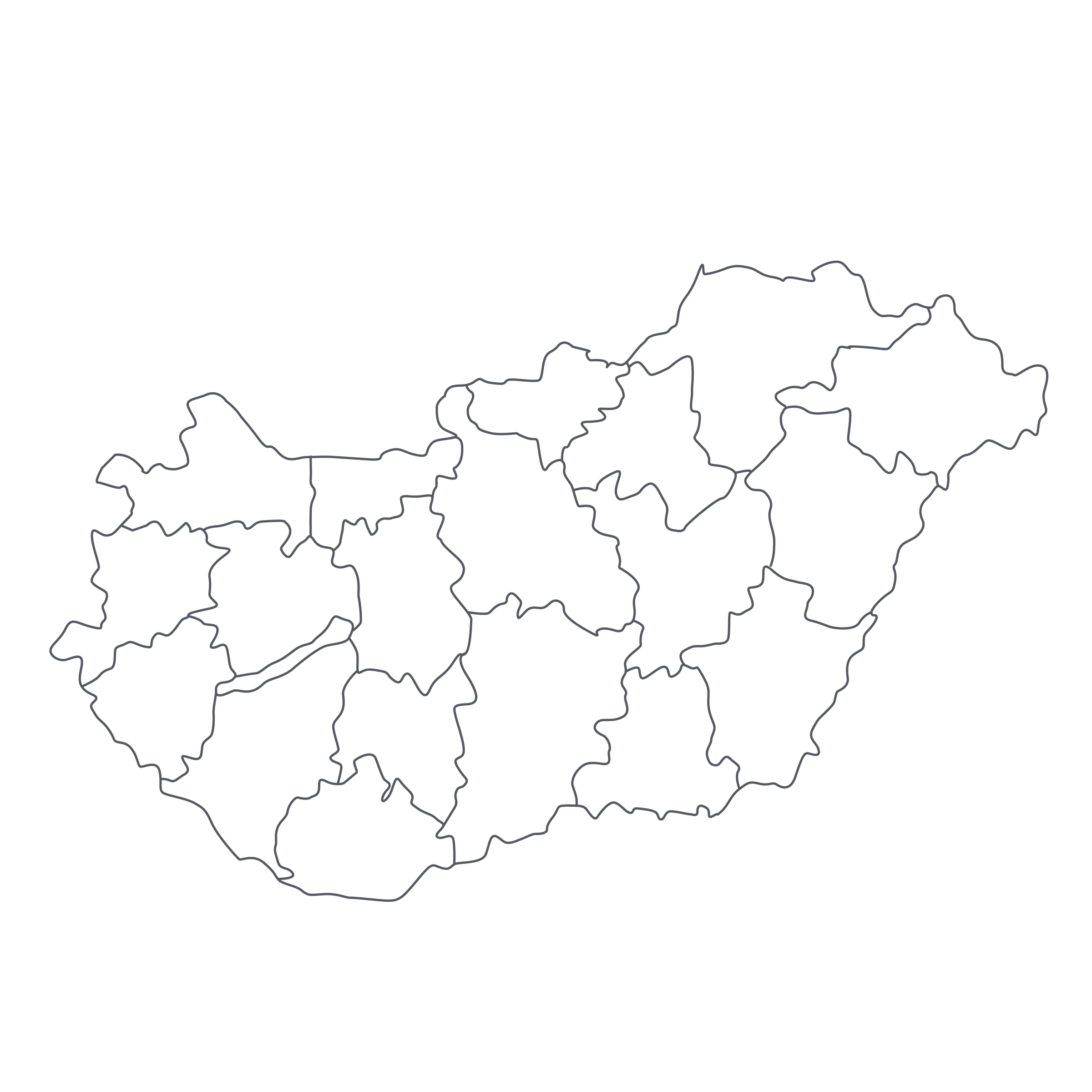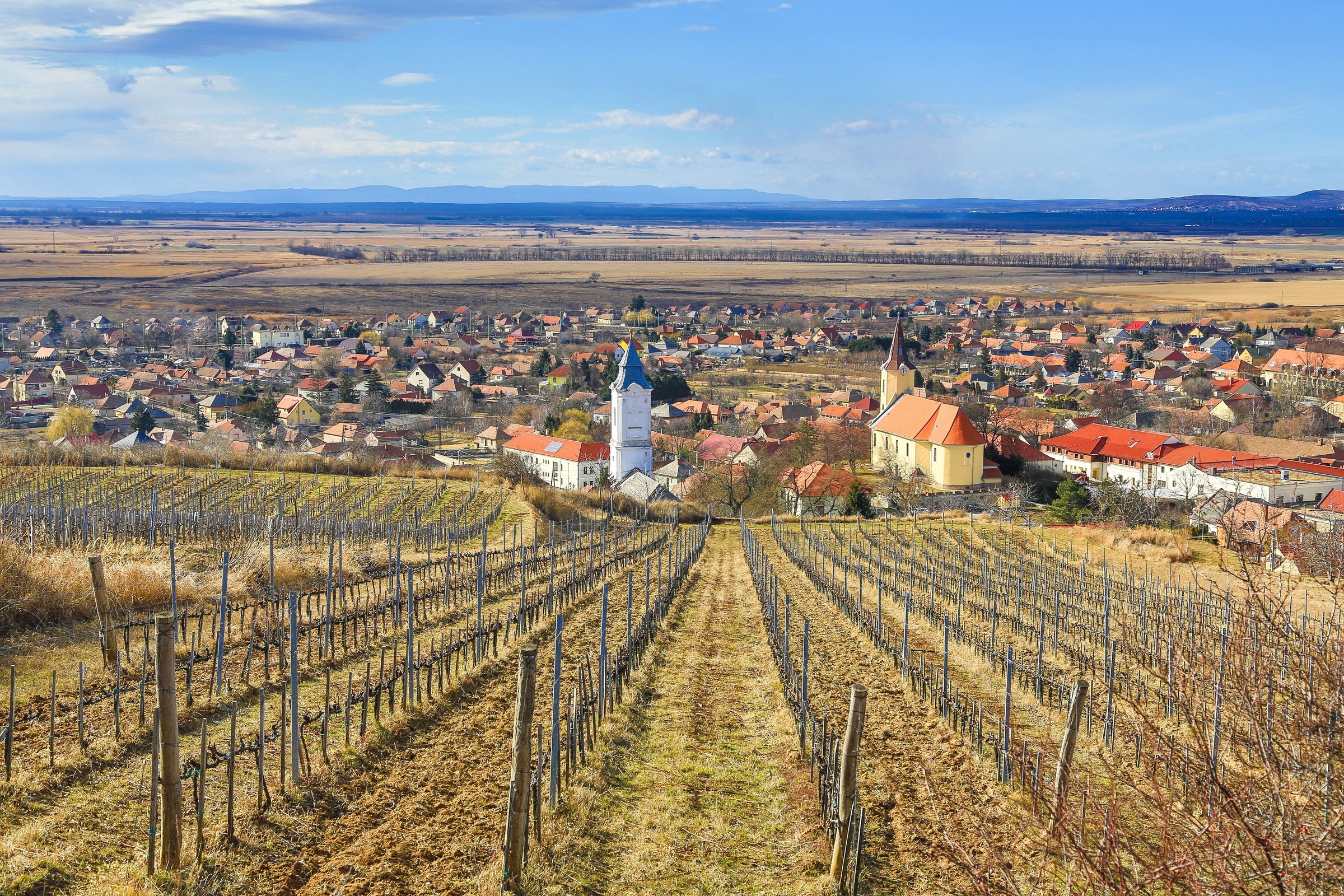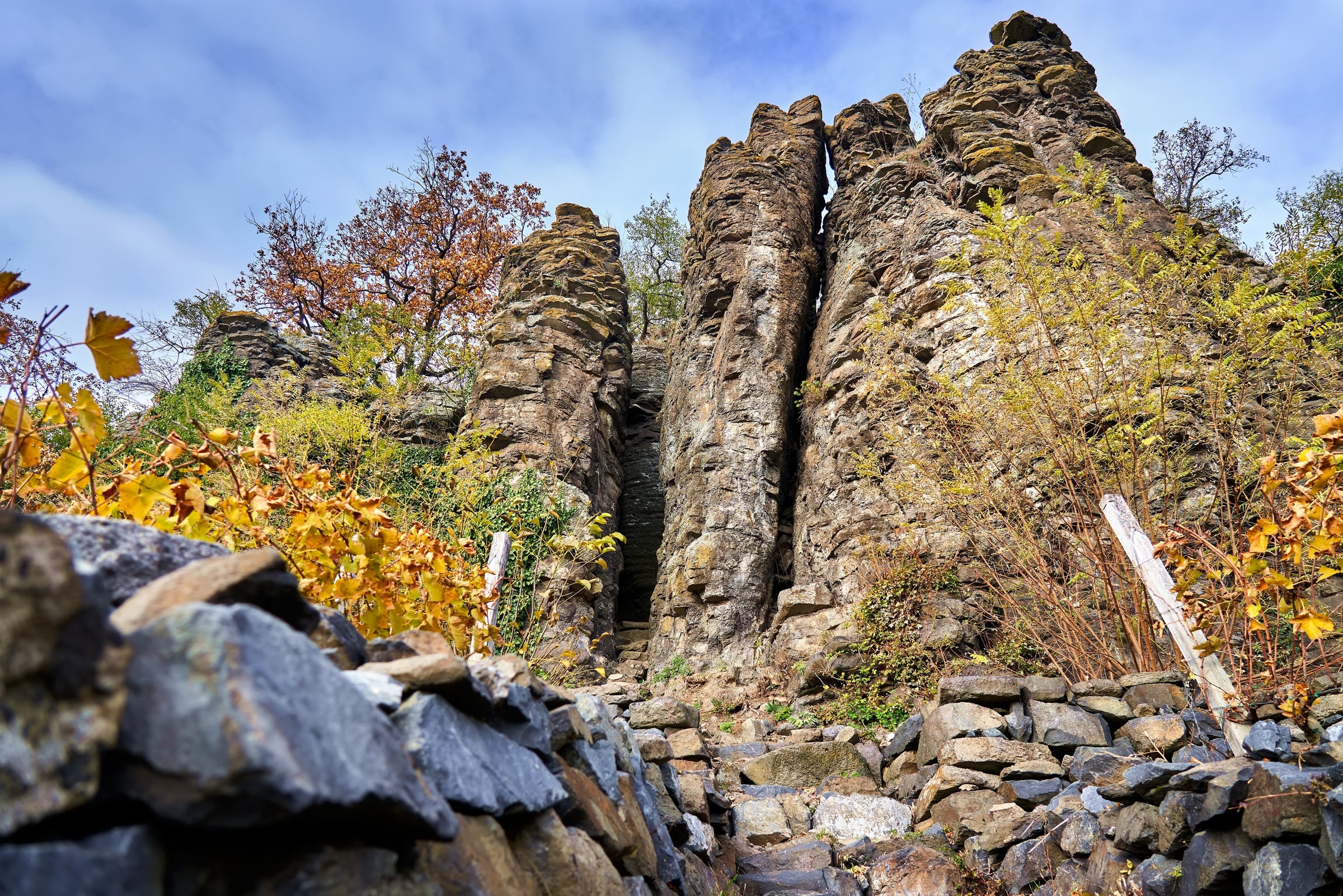Like many of its Eastern European neighbors—especially Slovenia and Croatia—Hungary is producing a goodly amount of world-class wine that goes unnoticed. One look at the unpronounceable word salad on the label of today’s wine might scare many people off, but bear with me here: I’m not celebrating this wine’s unfamiliarity for its own sake (as many sommeliers are apt to do), but instead sharing my enchantment with a wine, and a place, that deserves a broader audience.
Hungary’s is one of the world’s most ancient wine cultures, but these days it’s a shadow of its former self, still finding its way back onto the world wine stage after a long period under communism—when agriculture was collectivized and quantity, not quality, ruled. In addition to being a bright, textured, bone-dry Riesling that channels top wines from Austria and Alsace, this wine’s backstory is as good as it gets, featuring Benedictine monks, a celebrity winemaker, and a tiny, out-of-the-way wine zone with a history dating to Roman times. It’s great stuff all around, at a great price, and if it’s indicative of what’s happening in modern-day Hungary, we all need to give this place a closer look.
One Hungarian wine that has survived its country’s numerous setbacks—phylloxera, then two World Wars, then a communist era that persisted until 1989—is the sweet Tokaji, made from the Furmint grape. This is Hungary’s bona-fide international star, but beyond that, even experienced wine drinkers would be hard-pressed to name another grape, or wine zone, in Hungary. In total, the country has 22 appellations spread across an area roughly the size of Indiana; the Pannonhalma region (your first clue in decoding today’s label) is one of the smallest, situated west of Budapest. This area was once part of the ancient Roman province of Pannonia, which included much of Western Hungary along with pieces of other neighboring nations.
“Pannonhalmi Apátsági Pincészet” translates to “Pannonhalma Abbey Winery,” and this is indeed a monastic winery originally founded by the Benedictine order in the year 996. Set atop a steep, thickly wooded hillside, the abbey’s viticulture and winemaking activities had been dormant for decades, its vineyards taken over by the communist state as part of the nationalization of Hungary’s agriculture. It wasn’t until 2000, more than a decade after the fall of communism, that the abbey began repurchasing vineyards, and they enlisted the help of a bona-fide Hungarian wine celebrity, Tibor Gál, to help with all facets of their winemaking renewal. Gál, who passed away in an accident in 2005, was an internationally known enologist who helped found and make the first wines at Ornellaia, in Italy’s Tuscany region. Gál oversaw the abbey’s replanting of vineyards as well as the construction of a modern, gravity-flow winery. Their ‘first’ harvest was 2003, and they now have 52 hectares under vine.
Pannonhalma is midway between Budapest and Vienna and the region sits at a latitude (the 47th parallel) roughly equivalent to that of Burgundy’s Côte d’Or. Today’s wine is crafted from 100% “Rajnai Rizling” (Hungarian for “Rhine Riesling”) planted in soils mixing white clay and the wind-blown silt known as loess, which factors so prominently in Austria’s wine zones along the Danube. It is bone-dry and fermented and aged in stainless steel.
I don’t taste a lot of Hungarian Riesling, although I’m now on a mission to change that; if I were tasting this 2015 blind, I would likely vacillate between Austria and Alsace, though I think the wine’s texture would land me in the latter. In the glass, it’s a pale straw-gold with green highlights at the rim, with aromas of kaffir lime, white peach, green apple, white flowers, exotic spice, wet stones, and a hint of white mushroom. Medium-bodied and textured—reminiscent of Alsace in this regard, as opposed to the more diamond-cut styles of Austria—it nevertheless delivers great freshness and minerality, and while my first inclination would be to pair it with something from a Thai or Vietnamese cookbook, it will also tame the spicy heat of a traditional Hungarian chicken paprikash. Serve this in all-purpose white wine stems at 50 degrees and toast a new discovery. Cheers!





